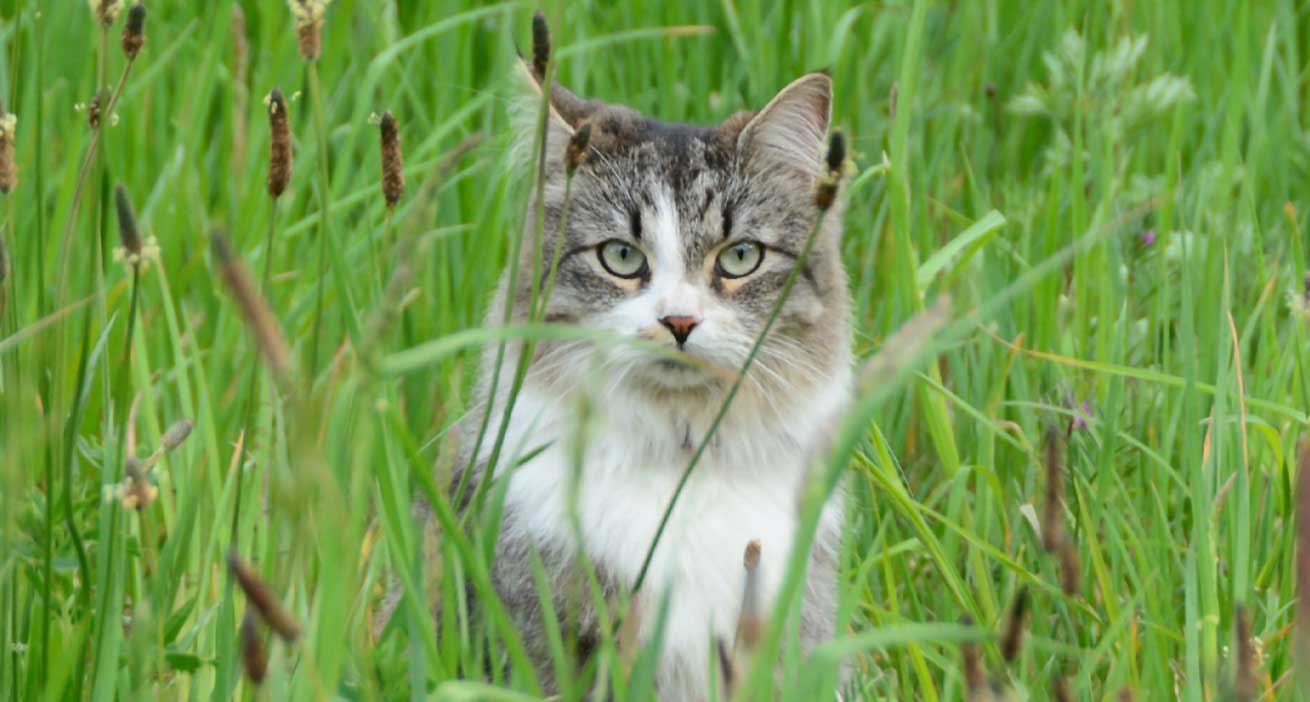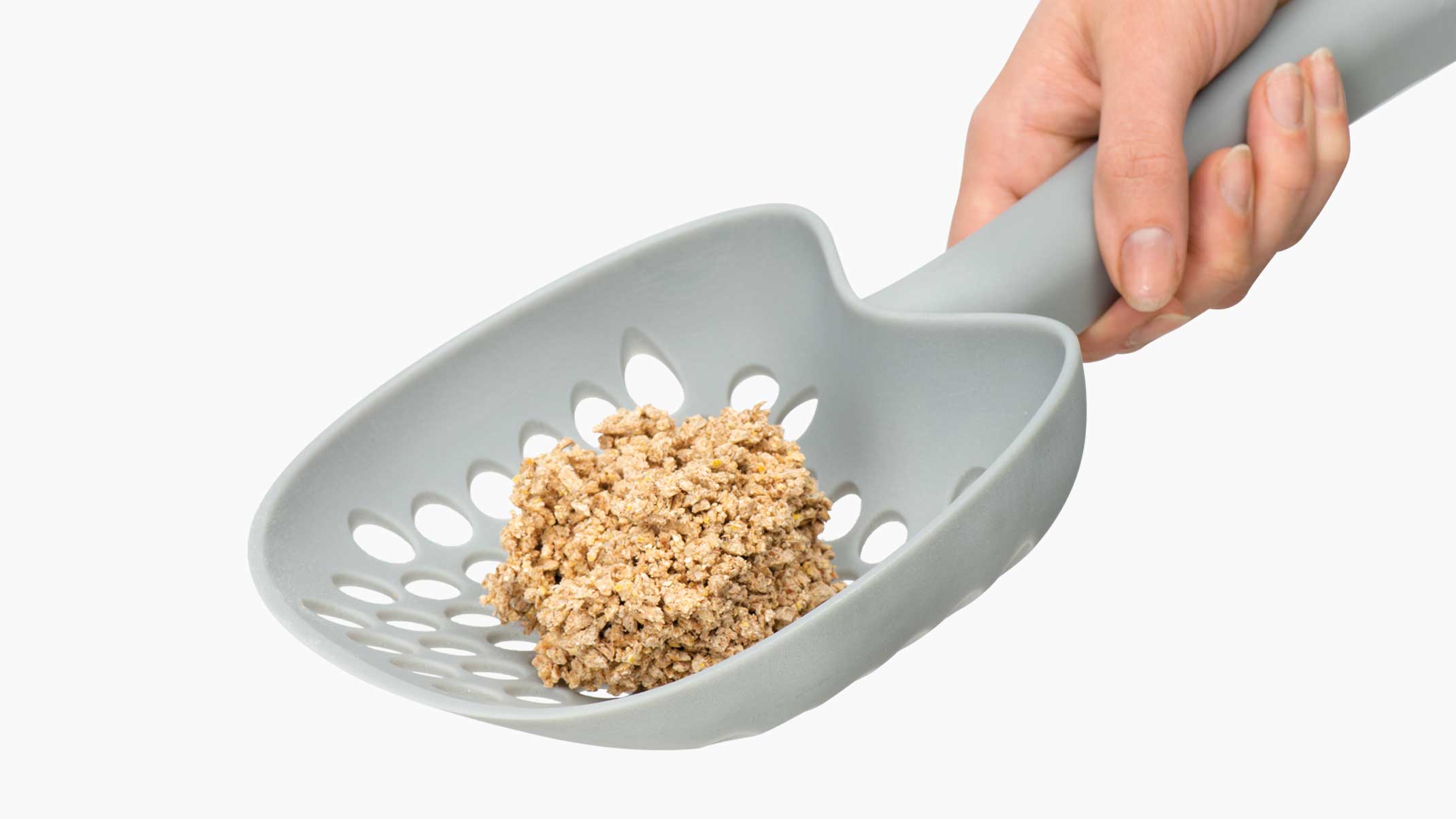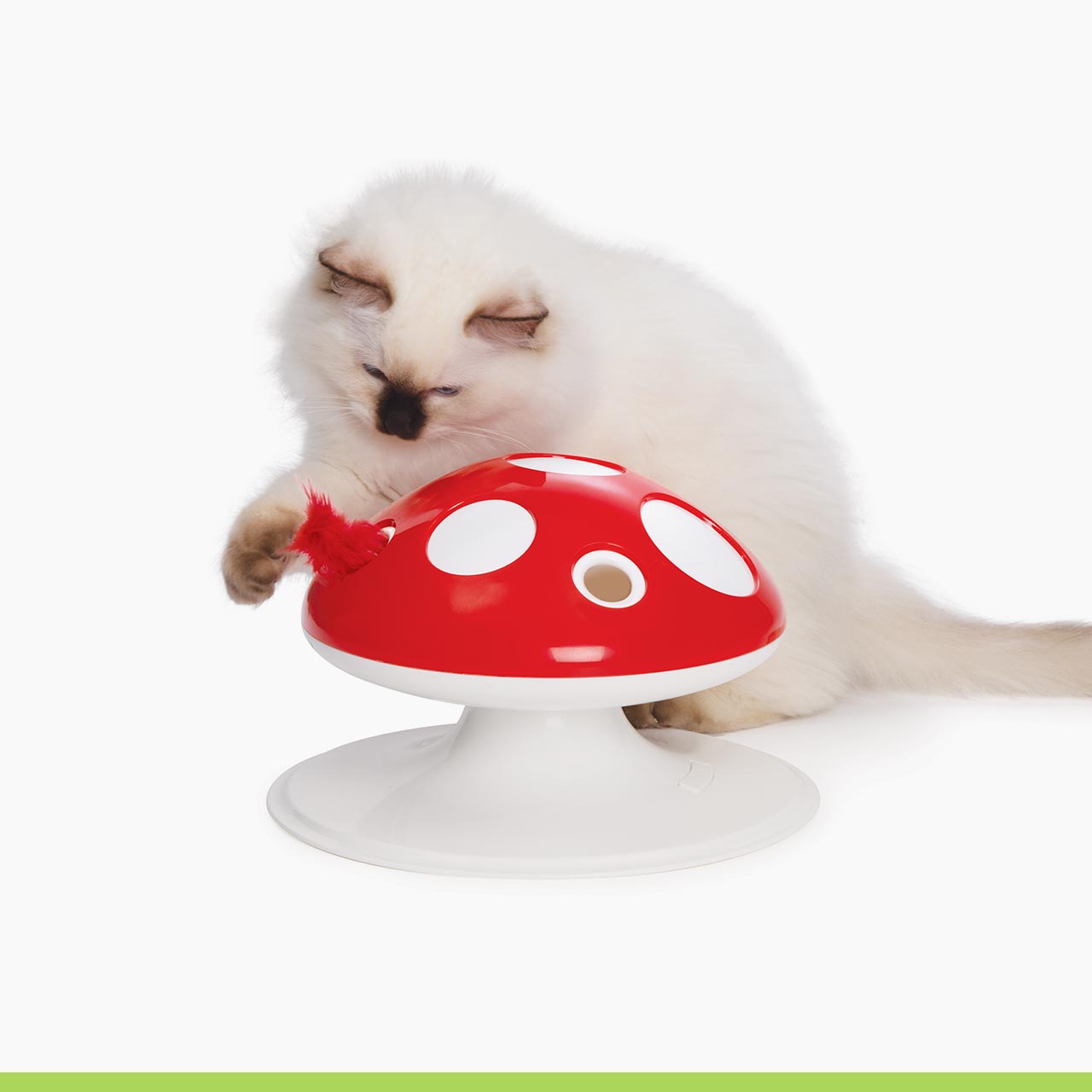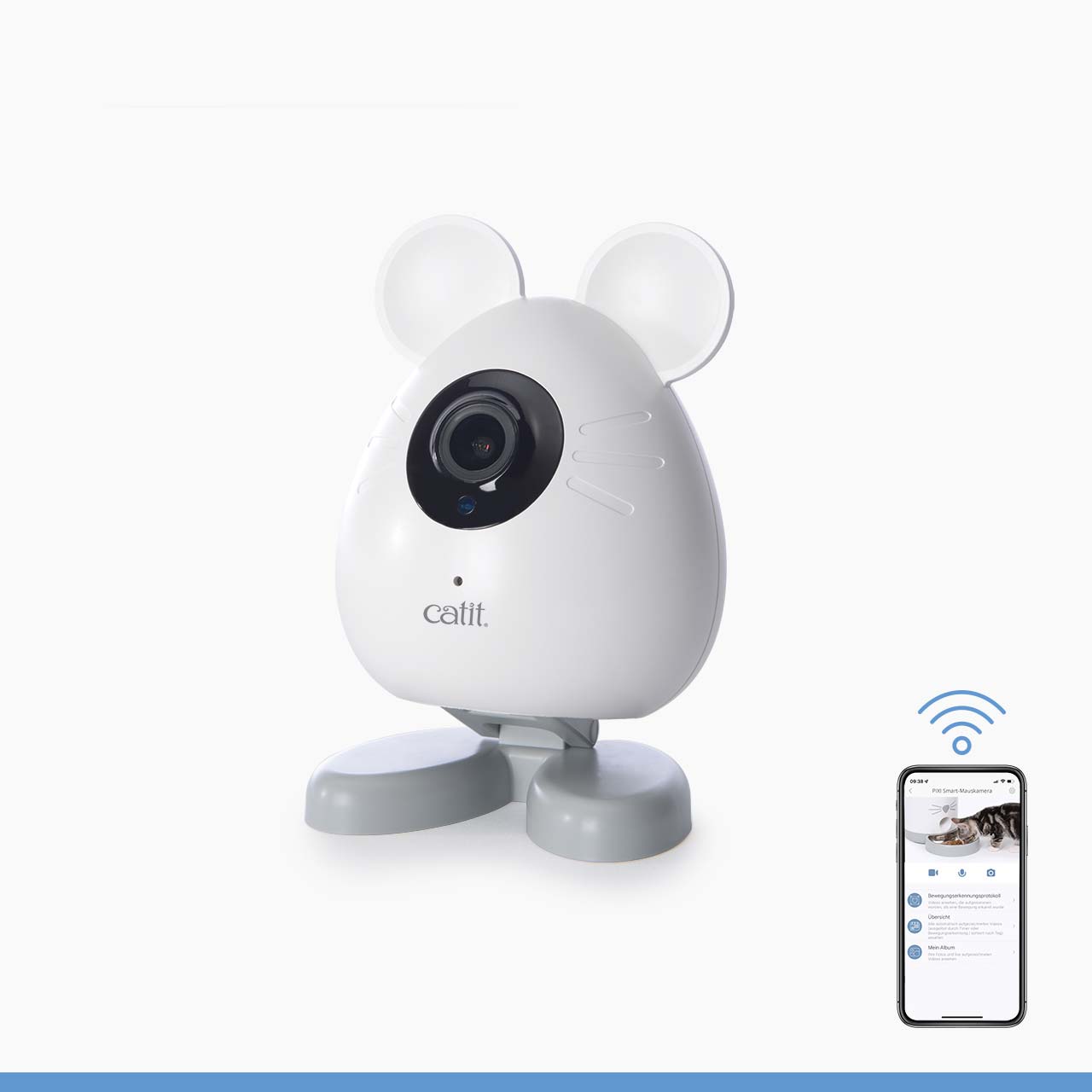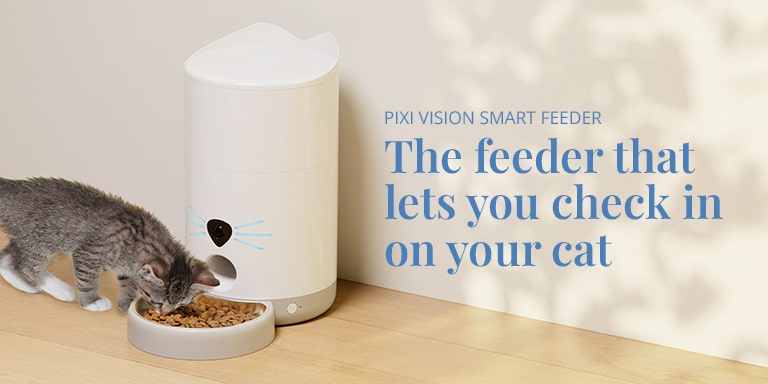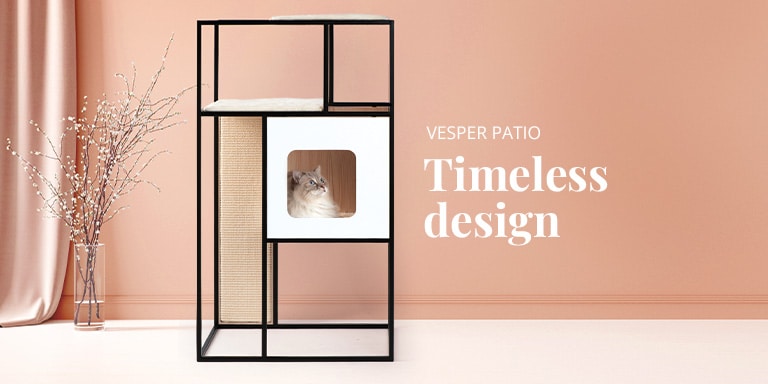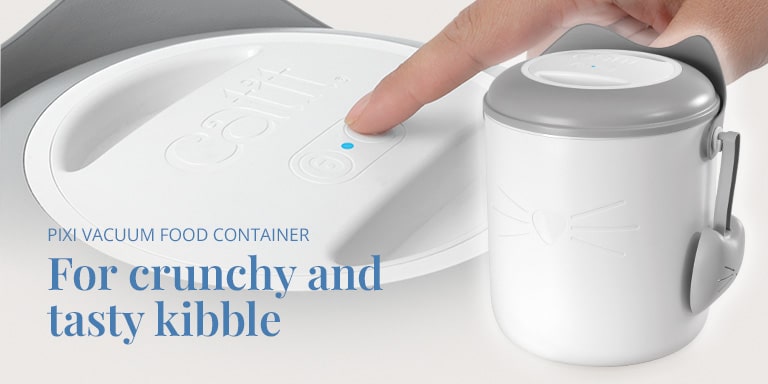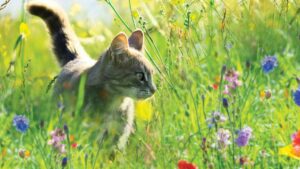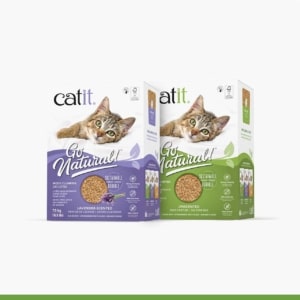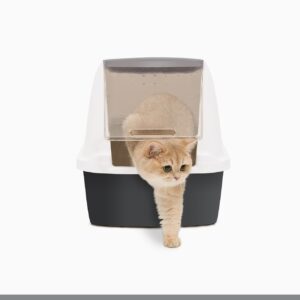In this article
What is composting?
Composting is recycling food waste and other organic materials and turning them into a soil-like fertilizer that you can use to give your plants a nutritious boost. Turning used cat litter into compost has tons of benefits, like water conservation, waste reduction, and free fertilizer of course! Note that not all cat litter is compostable, so make sure you check the packaging before you move ahead.
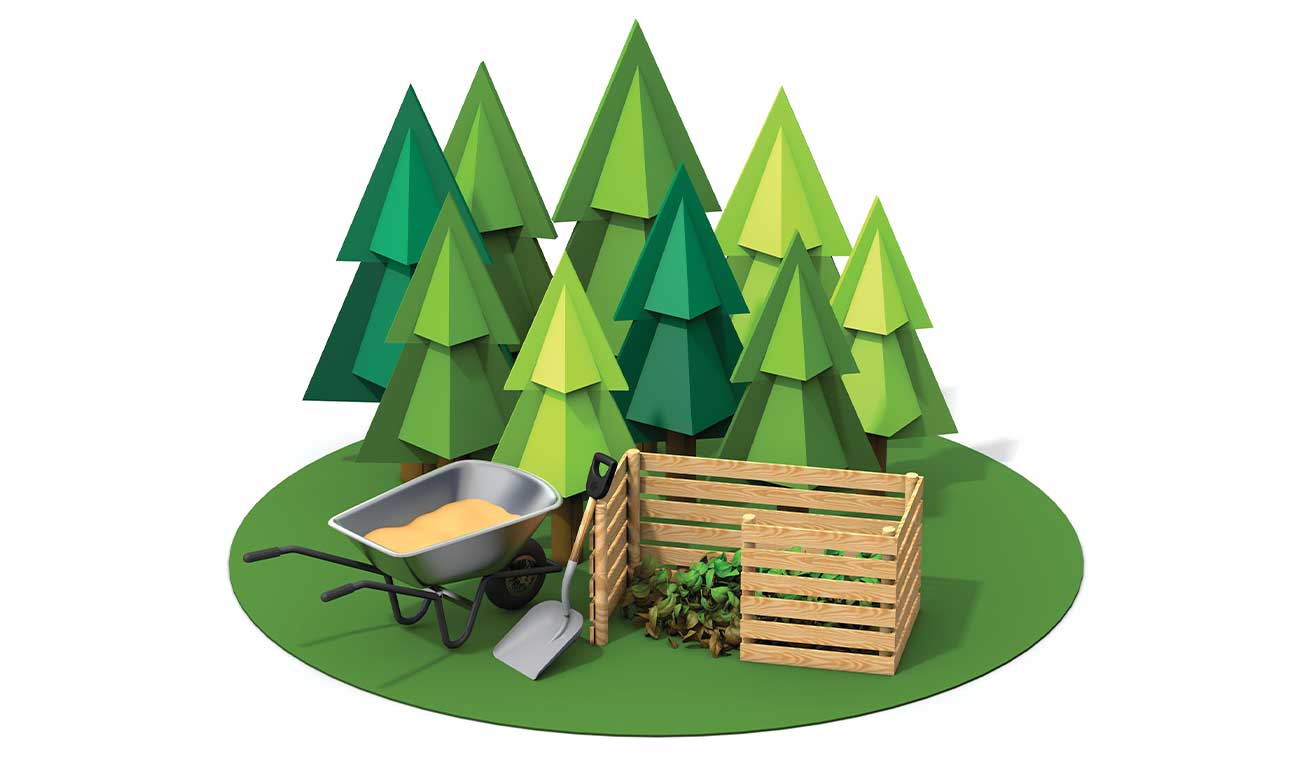
Why not just throw litter in the trash?
Compostable litter will break down naturally, but only when the environmental conditions are right. For cat litter, this means that plenty of oxygen and water need to be present. Litter that is disposed of in the trash can will end up in landfills, which are so tightly packed that very little oxygen and water will ever reach the litter. Therefore, it will take extremely long for the litter to break down, which basically defies the purpose of you buying compostable litter.
Before you get started
For those of you with green fingers, the next sentence is a given: always thoroughly wash and cook homegrown fruits and vegetables before consuming them. The reason is that the local wildlife visiting your garden – such as birds, mice, or even stray cats – can spread pathogens though their droppings. In order to greatly reduce the risk of E.coli, toxoplasmosis or tapeworm entering your home-made compost through the cat litter you’re adding to it, remove any cat poop and urine-soaked clumps from the litter box before you get composting. Even though indoor cats are highly unlikely to carry any of these pathogens, better be safe than sorry: always thoroughly wash and cook any homegrown crops.
Let’s get started!
- Make sure your litter is compostable. You can find this information on the packaging.
- Remove any cat feces and urine-soaked clumps from the litter box, and only use the remaining litter for composting.
- Buy or build a compost bin and add a layer of sawdust, soil, or brown leaves at the bottom.
- Pour a layer of used cat litter on top.
- Cover the cat litter with a one-inch layer of sawdust, soil, or brown leaves.
- Repeat this process and feel free to add other compostable materials such as fruit or vegetable waste.
Now, all that’s left to do is to keep repeating and to regularly aerate your compost to make sure enough oxygen enters the compost bin. If you live in an arid climate, you might want to add a little water every now and then. After about 6 months to a year, your compost will be ready for use! Enjoy!
